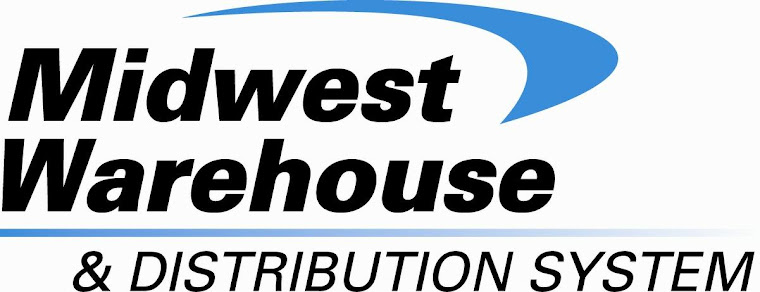The idea of outsourcing often comes about when the CEO, controller, or another member of senior management reads an article—or has been speaking with a 3PL—about saving a minimum of 10 percent or more of their logistics costs by turning to a third party. However, I've found that these “savings opportunities” are often purely theoretical and are only supported by management due to their lack of logistics knowledge or their lack of confidence in the ability of its logistics team to efficiently manage its processes.
Of course, there are other times when the outsourcing conversation is sparked by the urgent need to reduce headcount.
The transportation teams that feel especially threatened are those that lack the experience, leadership, talent, knowledge, process excellence, and contingency strategies to guide their companies through today's global market. They often fail to anticipate and prepare themselves for tomorrow's challenges. And it often takes just one unpleasant and costly surprise to jumpstart the outsourcing movement in teams like these.
When I hear transportation leaders tell me that their companies keep reminding them that they're just another cost center, I tell them that it's their fault that management doesn't see them as a value-add to the organization. This tends to lead into the question: How do I get some respect?
The answer is simple. It's all about education and managing expectations—neither of which start in the middle of a crisis. Earning respect starts with your knowledge and command of the marketplace and your transportation governance, and it ends with programs that you have created to educate senior management and other organizations on a regular basis. As a quick reminder, I define transportation governance as “the direction and control associated with creation, administration, oversight, and enforcement of your company and supply chain's policies, regulations, and procedures related to the legal, safe, efficient, and service-effective movement of freight it controls either directly or indirectly.”
Transportation governance has both direct and indirect aspects. Direct governance includes: your carrier criteria and operating protocol/guidelines; selection and management of your carrier base; carrier due diligence evaluations, contract models and supporting documents; process with defined/flows/inputs-outputs; metrics and measures and dashboards; carrier performance reviews and process improvements; a carrier council to streamline processes and improve carrier and company productivity; greenfield projects and process improvements; and, of course, audits and benchmarking. Indirect governance, on the other hand, includes your command of the transportation industry including regulatory and political issues as well as a comparison of your approach to industry challenges versus that of your peers.
Read the rest of the logisticsmgmt.com article here.
Thursday, November 12, 2009
Subscribe to:
Posts (Atom)

